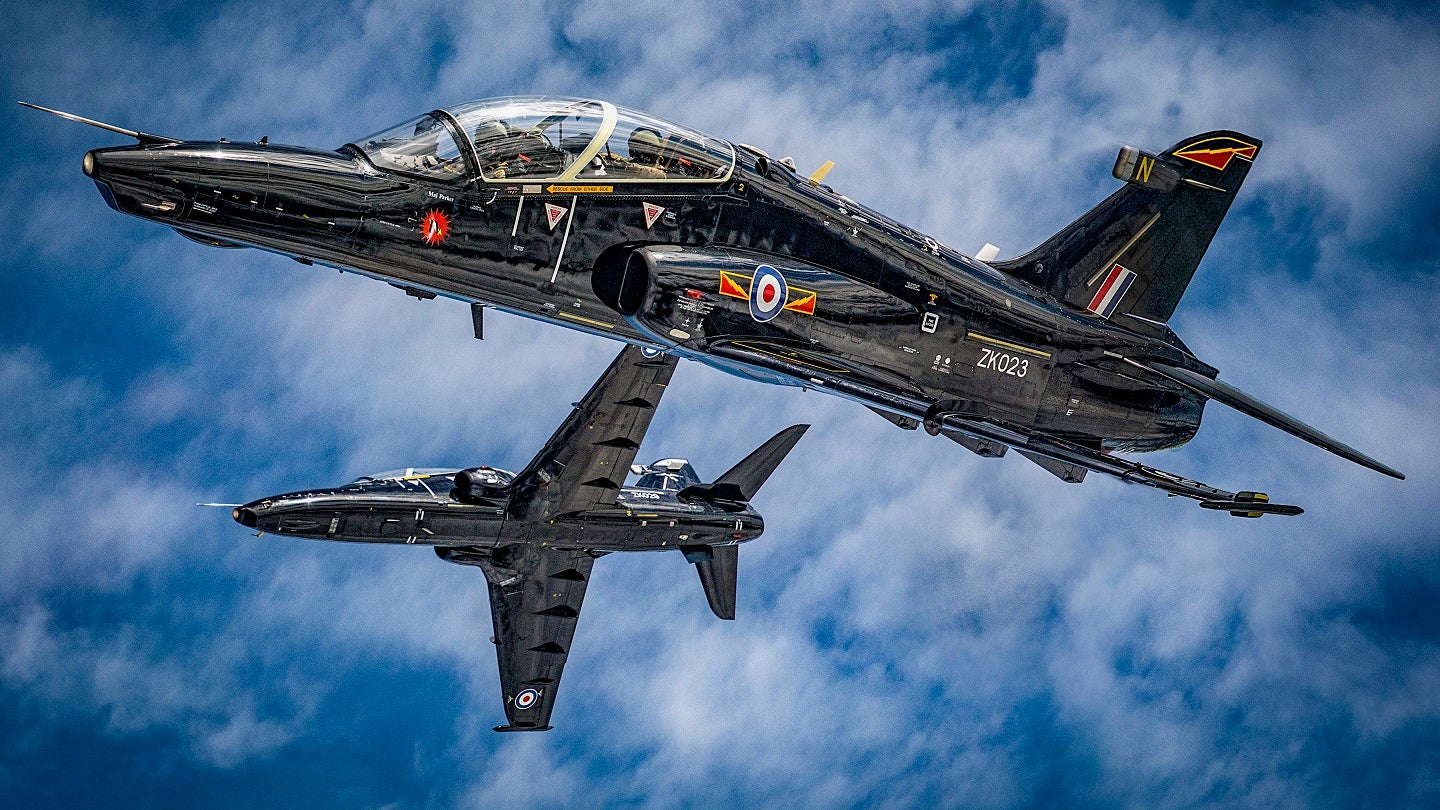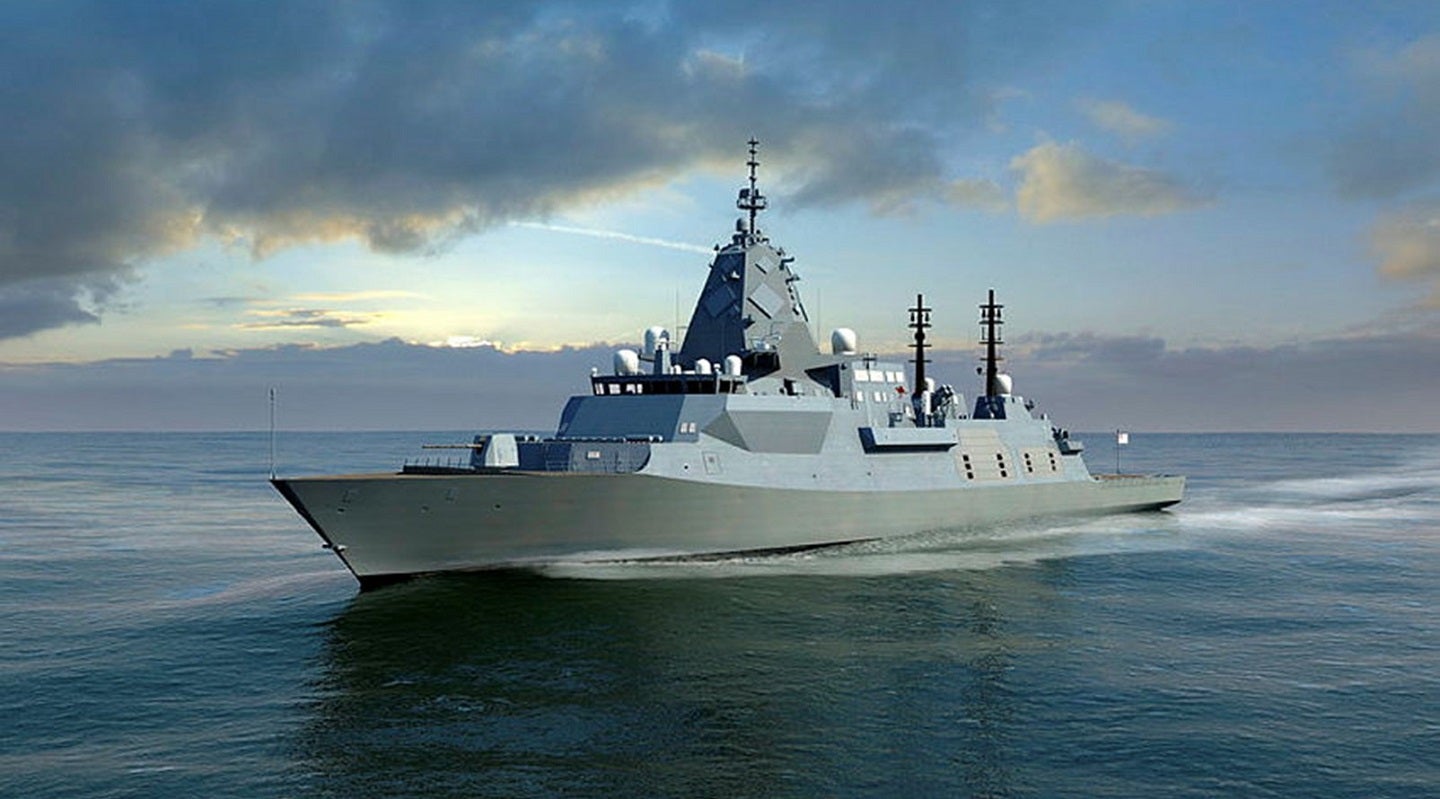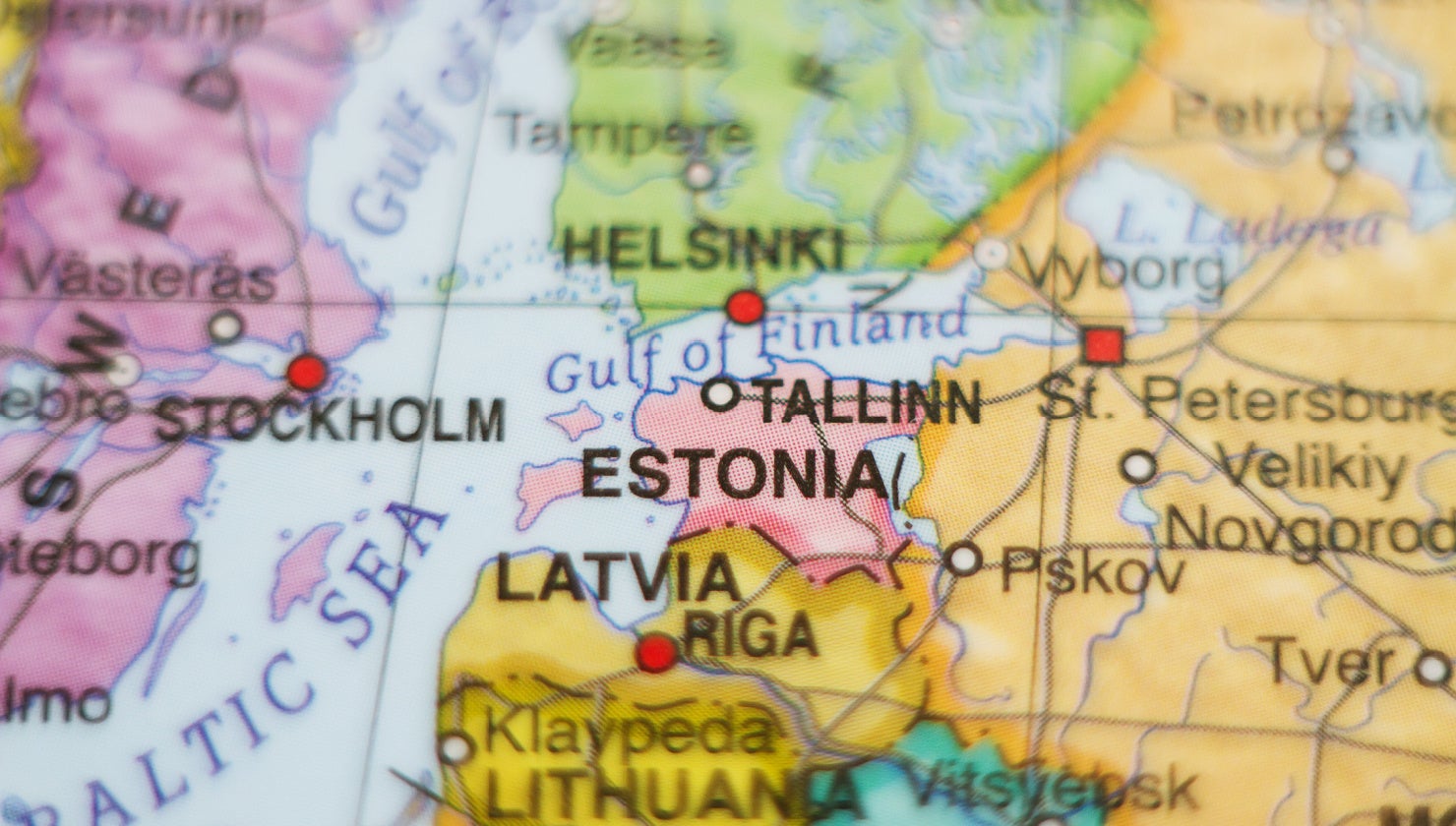
Aerospace, Defence & Security DECODED
Previous edition: 25 Mar 2024
Share article
Get the full version straight to your inbox.
Exclusive access to our best-in-class data & intelligence
Subscribe now
GlobalData: supply chains pressured amidst global rearmament race
Rising defence spending spurs production surge across Europe and beyond, putting supply chains under strain.

The intensifying race to rearmament, driven by geopolitical tensions and escalating defence budgets, is placing strain on global supply chains, according to a new report by GlobalData.
With Europe and other regions ramping up production lines, securing rare earth elements, and modernising armed forces, the demand for military hardware surges.
The US Department of Defense recently awarded $7m to the Doe Run Resources Corporation to complete a demonstration-scale hydrometallurgical plant in Missouri to enhance the separation process and secure cobalt and nickel supplies.
Meanwhile, MBDA has increased its stockpiles of specialised iron to 80 tonnes, nearly 20 times its usual reserve, in response to supply chain tensions.
In response to the escalating conflict in Ukraine and the broader geopolitical landscape, Russia alone is projected to manufacture five million artillery shells and approximately 700 cruise missiles in 2024. This surge in production is emblematic of a broader trend reshaping the global defence landscape as nations bolster their arsenals to navigate the complexities of modern warfare.
James Marques, aerospace, defence, and security analyst at GlobalData, highlights the strain on military resources, stating: "Vital items such as artillery shells, air defence missiles, and armoured vehicles are seeing rates of attrition in the war in Ukraine at rates unheard of in recent times."
The repercussions of this heightened demand are reverberating across supply chains, with Western nations striving to replenish depleted stocks while simultaneously supporting Ukrainian forces.
The United Kingdom, for instance, has donated 300,000 artillery shells to Ukraine by January 2024 and has inked deals worth £2.4bn ($3.1bn) with BAE Systems to increase munitions production by 2026. Similarly, companies like Rheinmetall and KNDS in Europe are forging ahead with new production lines to meet the escalating demand.
However, the challenges extend beyond Europe. The United States announced a halving of the scheduled construction of Virginia-class attack submarines, a move that directly impacts the AUKUS military alliance. Defence ministries worldwide are reevaluating procurement strategies, prioritising agility and responsiveness, and leveraging commercial-off-the-shelf (COTS) technologies to meet evolving demands.
Marques underscores the urgency of shifting away from the 'just-in-time' mentality in defence production, emphasising the need for sustained investment and strategic planning. "The era of the 'peace dividend' following the Cold War is over," he asserts, highlighting the imperative for Europe to bolster its defensive capabilities, particularly amid the spectre of growing US isolationism.
As defence spending continues to soar and geopolitical tensions persist, the pressure on global supply chains intensifies, necessitating solutions and strategic partnerships to ensure the readiness and resilience of armed forces worldwide.
Latest news

RAF investigation into Hawk T2 replacement to deliver in 2024
The Hawk T2 jet trainer is not due to leave service until 2040, with UK aerospace industry potentially missing out on the development of a replacement aircraft.

Australia integrates Sea Eagle surveillance to Hunter-class frigates
Chess Dynamics will provide its Sea Eagle electro-optical surveillance systems to the Royal Australian Navy’s six Hunter-class frigates.

Baltic States and Nato deterrence to benefit from US $228m funding
The Baltic Security Initiate saw an increase in funding, up to $228m, following the passage of US government funding legislation.

Netherlands defense expenditure to reach $31.2 billion in 2029
The Netherlands’ annual defence expenditure is forecast to grow from $9.4bn in 2018 to $10.7bn by 2022, at a compound annual growth rate (CAGR) of 3.38%, according to a report by Strategic Defence Intelligence (SDI).
In our previous edition

Aerospace, Defence & Security Decoded
Spain's industrial defence strategy promotes programmes from ‘standstill'
22 Mar 2024

Aerospace, Defence & Security Decoded
Boeing wins $1.1bn contract to bolster US Navy fleet with fighter jets
21 Mar 2024

Aerospace, Defence & Security Decoded
Australia advances defence capabilities amidst growing global challenges
20 Mar 2024
Newsletters in other sectors
Aerospace, Defence & Security
Automotive
Banking & Payments
Travel and Tourism
Search companies, themes, reports, as well as actionable data & insights spanning 22 global industries
Access more premium companies when you subscribe to Explorer


